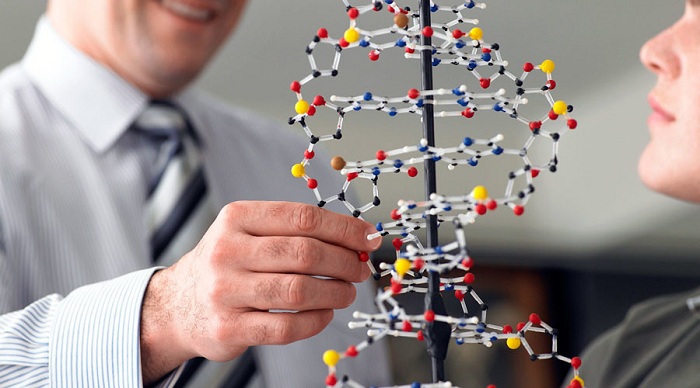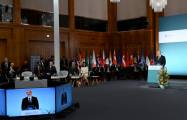Scientists add letters to DNA alphabet to create ‘semisynthetic’ life

However, a team of scientists from the Scripps Research Institute in La Jolla, California have created a lab organism that has been modified to add two more letters, giving it a genetic code of six letters.
The team, whose work is published in the Proceedings of the National Academy of Sciences (PNAS) journal, have shown that their single-celled organism can hold on indefinitely to the synthetic base pair as it divides.
"We`ve made this semisynthetic organism more life-like," senior author of the study Professor Floyd Romesberg said in a statement.
At the moment, the new technology cannot be put to very much use. Romesberg likened the new “flawed” organism to an infant. It had some learning to do before it was ready for real life. But it is hoped that it could be used to create new kinds of single-celled organisms that could lead to the discovery of new drugs.
The “unnatural base pair” letters were first created by Romesberg and his colleague two years ago. They were demonstrated in modified E. coli bacteria that had them integrated into their genetic code.
However, the E. coli eventually lost those letters, unable to keep their code indefinitely as they divided. This limited the ways the organism could use the additional information possessed in their DNA. That left Romesberg and his team with more work to be do.
“Your genome isn’t just stable for a day,” he explained. “Your genome has to be stable for the scale of your lifetime. If the semisynthetic organism is going to really be an organism, it has to be able to stably maintain that information.”
The Da Vinci DNA code: Scientists to restore Leonardo`s face with genetic material from his drawings
They achieved that by creating a special system in the bacteria that rejected any genetic sequence that didn`t include the X or Y letters. In doing so, the scientists appear to have proven that the very fundamental processes of life can be altered.
"We can now get the light of life to stay on,” Romesberg said. “That suggests that all of life`s processes can be subject to manipulation."















































